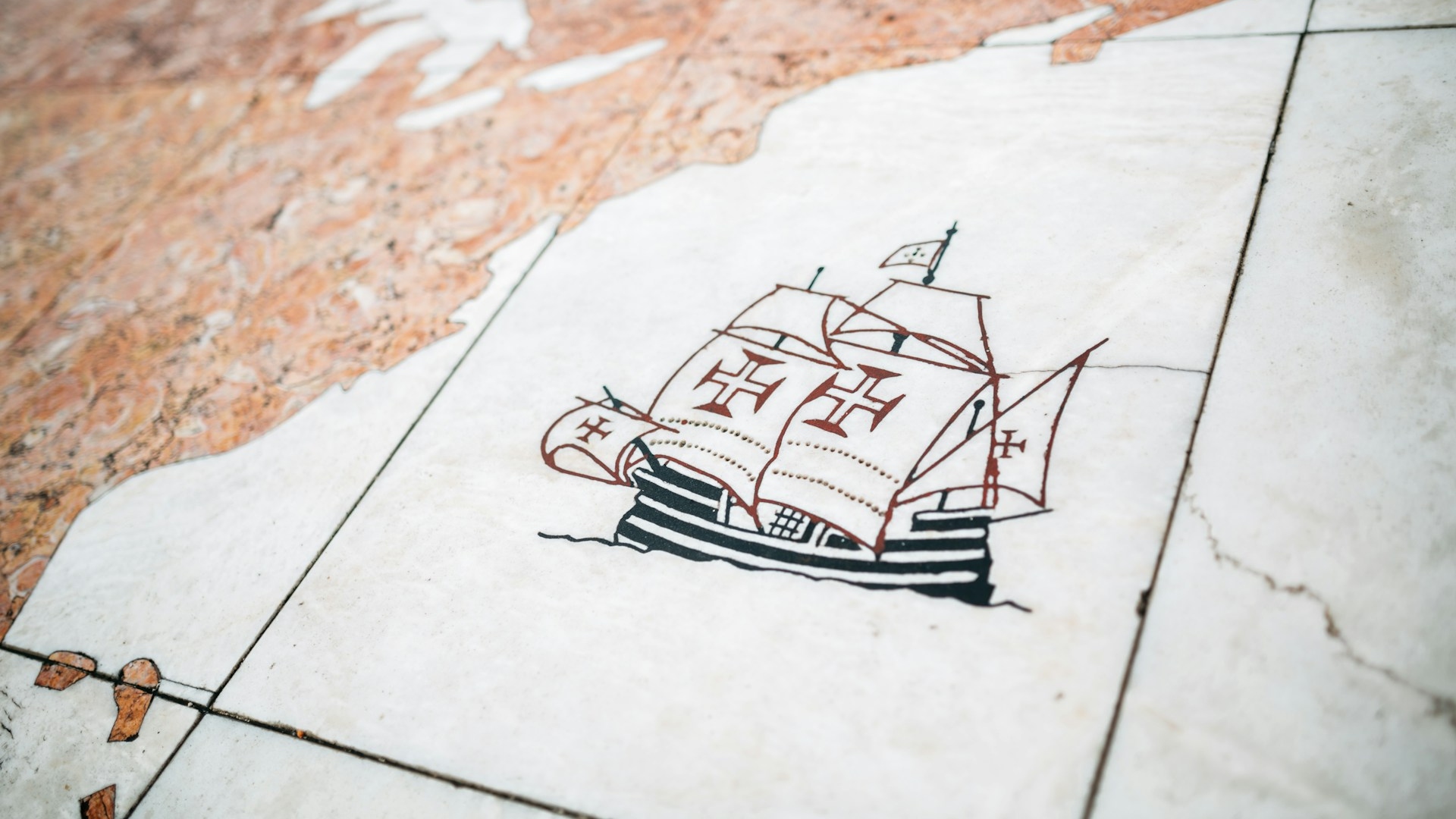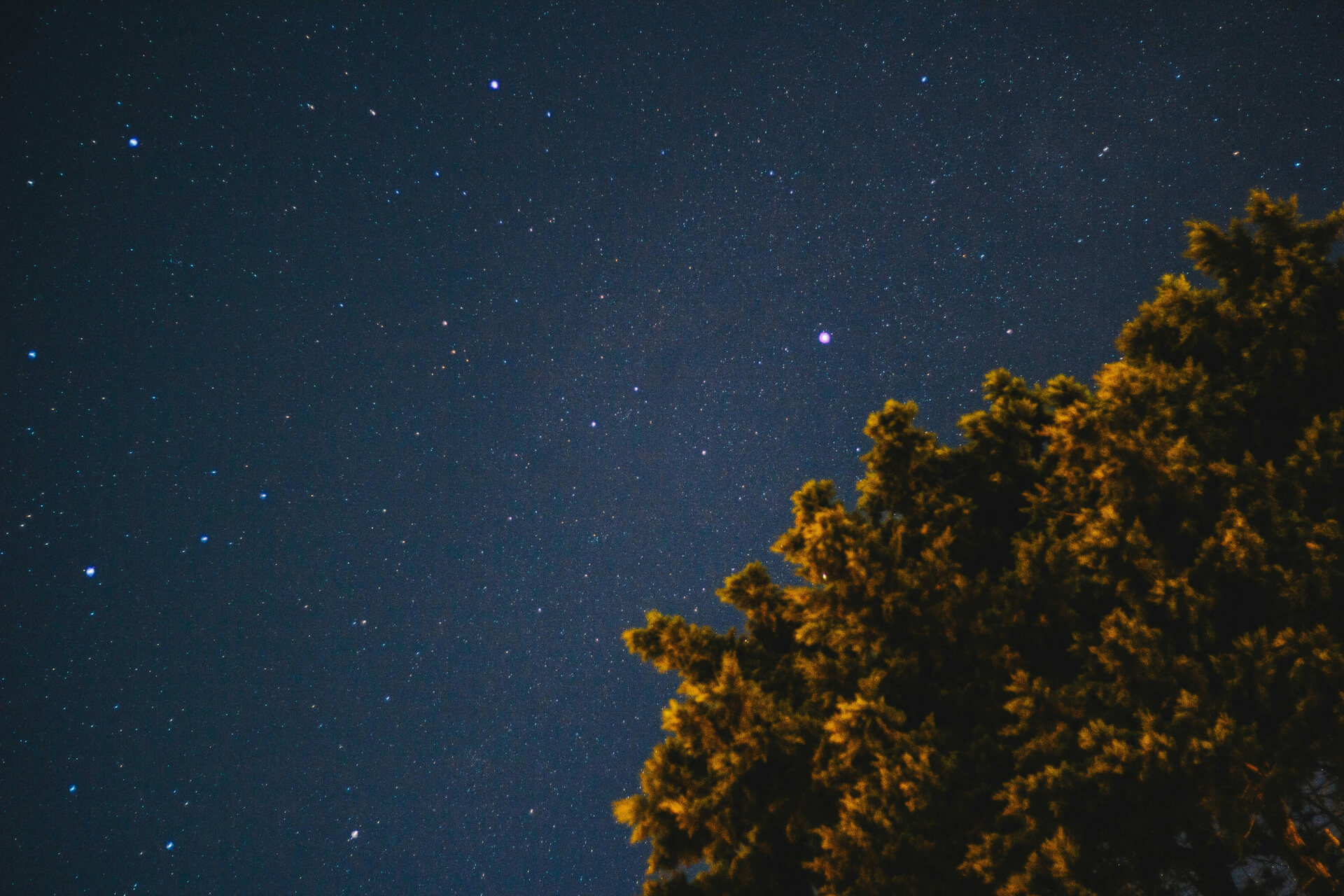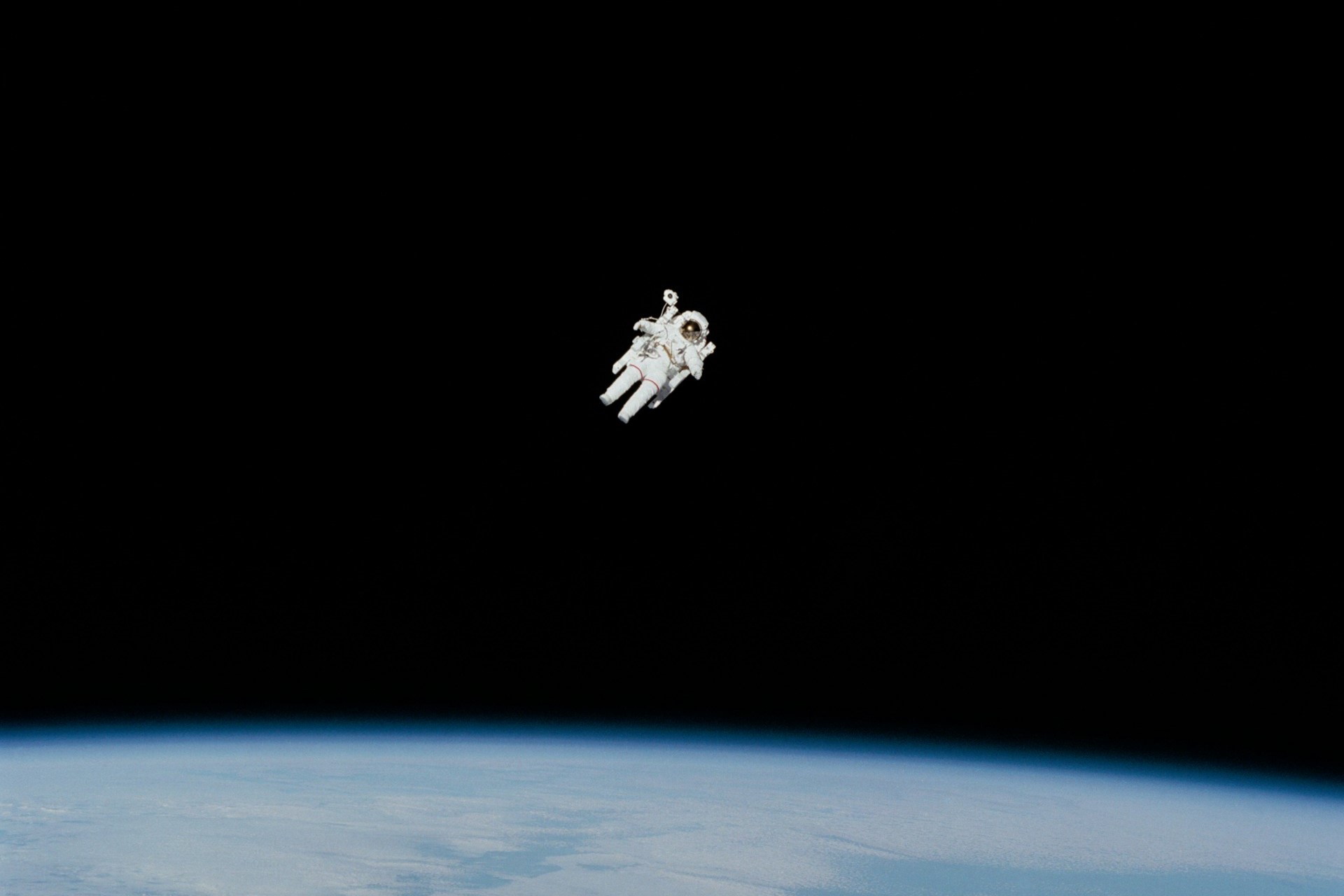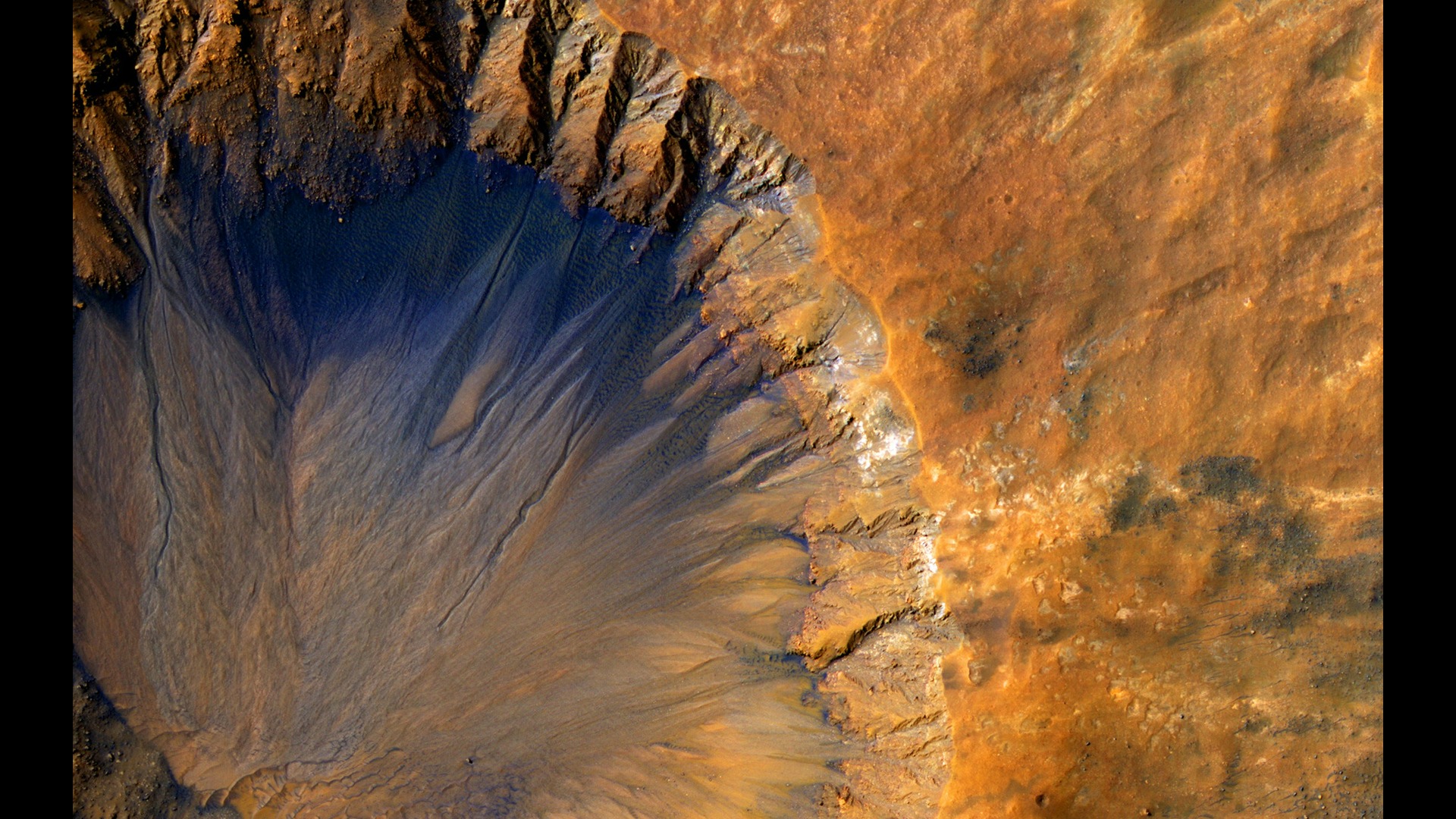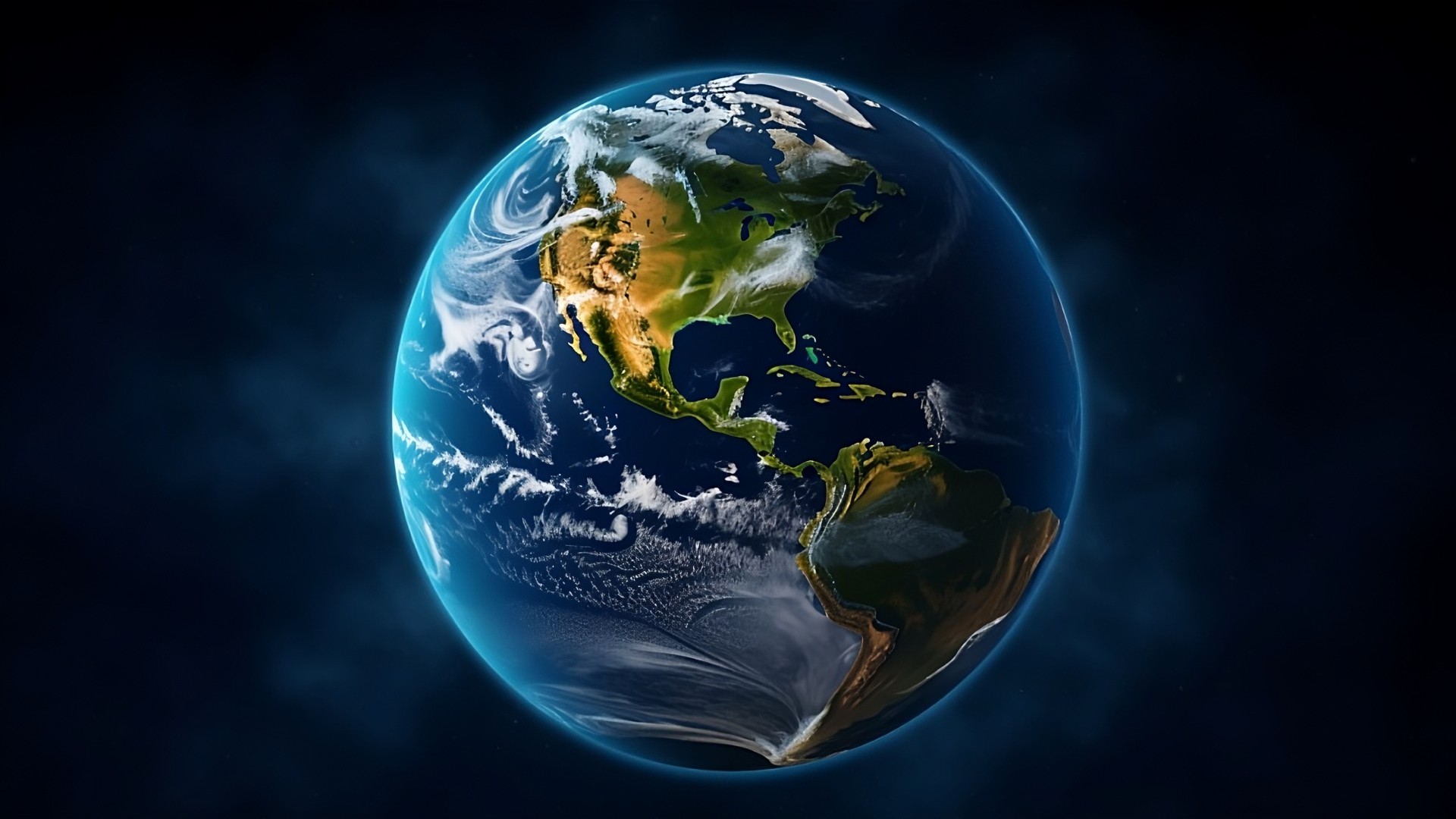
Exploring the Characteristics of Terrestrial Planets
October 12, 2022 - Emily Newton
Revolutionized is reader-supported. When you buy through links on our site, we may earn an affiliate commission. Learn more here.
When we look up at the night sky, it feels like the universe is full of things to explore. It’s easy to forget that the planet under your feet is also part of that universe. We’re constantly looking for other Earth-like planets — also known as terrestrial planets — that future astronauts could potentially explore. What are the characteristics of terrestrial planets?
What Defines a Planet?
Before we can start talking about terrestrial planets, we need to understand what defines a planet. According to the International Astronomical Union, a celestial body needs to meet three primary criteria to be considered a planet:
1. It must orbit around the Sun.
2. It must have sufficient mass to achieve a hydrostatic equilibrium — meaning it needs to be large enough to be nearly round.
3. It must have a strong enough gravitational pull to have cleared the neighborhood around its orbit of any other debris.
When the IAU updated its planetary definition in 2006, that meant Pluto — then the 9th planet in the solar system — lost its planetary status because its orbit is still cluttered with debris. Pluto has since been dubbed a dwarf planet, along with other small celestial bodies in the solar system like Ceres in the asteroid belt and other Trans-Neptunian objects that exist beyond Pluto’s orbit.
Characteristics of Terrestrial Planets
Earth and the other three inner planets — Mercury, Venus and Mars — are all considered terrestrial planets. What are the characteristics of terrestrial planets?
A Solid Surface
One of the most telling characteristics of terrestrial planets is the presence of a solid surface. That doesn’t mean we won’t see ice or liquid water on the surface of these planets — just that the crust beneath is solid. Earth is a great example, with 71% of the planet’s surface covered by ice or liquid water.
A Core Containing Heavy Elements
The exact makeup of terrestrial planets might vary, but they all have one thing in common — a core that contains heavy elements like iron and nickel. Scientists theorize that Earth has a solid inner core composed mostly of iron and a molten outer core. The outer core is much hotter than the inner core, but the sheer pressure at the center of the Earth prevents the iron in the inner core from melting.
A Higher Overall Density
The outer planets in our solar system are composed primarily of gasses. While they might be infinitely larger than the inner planets, the rocky terrestrial planets are much denser.
Fewer Moons
The smaller terrestrial planets in our solar system have a weaker gravitational pull than the massive gas giants. As a result, they’ve captured fewer moons throughout their life span. Earth only has one natural satellite. Mars has two — Phobos and Deimos. Mercury and Venus have no moons at all. For comparison, Jupiter has 79 moons and Saturn has 82.
Closer to the Sun
The terrestrial planets in our home solar system are all closer to the Sun than the gas giants. This isn’t always the case — the James Webb telescope recently discovered a massive gas giant that orbits closer to its Sun than Mercury does to ours, but those rules don’t apply to our solar system.
Terrestrial Exoplanets
The Sol system isn’t the only one that contains terrestrial planets, but our understanding of our home system is the measure by which we quantify the rest of the universe. Outside our solar system, planets up to twice the size of Earth that share the above characteristics are considered terrestrial planets. Those larger than twice the size of our home planet are still terrestrial, but they’re classified as super-Earths.
Meeting all the characteristics of terrestrial planets doesn’t mean that the celestial body is habitable for humans. Even having liquid water on the surface or being within its star goldilocks zone doesn’t consider all the variables necessary for a planet to develop life or support humans who might travel there in the distant future.
In 2017, NASA found the most habitable planets in a single system in orbit around a star dubbed TRAPPIST-1. Astronomers have spotted seven terrestrial planets in the TRAPPIST system, but that’s just a tiny fraction of what might be out there. NASA scientists estimate that there could be as many as 10 billion terrestrial planets in the Milky Way alone. As many as 50% of the stars in our galaxy could support small rocky planets in their orbit.
Could We Visit Other Terrestrial Planets?
One of the most exciting things about identifying terrestrial exoplanets is the thought that we might one day visit them. Is visiting other terrestrial planets a possibility?
Unfortunately, that kind of space travel is beyond our current level of technology. If we took a Dragon capsule and pointed it toward our nearest celestial neighbor — Proxima Centauri — it would take roughly 80,000 years to arrive. Even an uncrewed craft like Voyager 1, traveling at 17.3 km/s, would take 73,000 years to reach the system.
The truth is that there is a lot of empty space out there. Even if we could travel at the speed of light — something we can’t do with our current understanding of physics and relativity, it would still take 4.22 years to reach Proxima Centauri. The TRAPPIST system, with all those terrestrial planets for us to explore, is 39.46 light years away. We’d still be looking at a 40-year journey at the speed of light.
We may unlock technology in the future that allows us to travel quickly to the most distant reaches of the universe, but for the moment, visiting other celestial bodies that share the characteristics of terrestrial planets isn’t possible.
Looking Toward the Stars
While you’re gazing at the stars and dreaming of a future among them, don’t forget about the planet beneath your feet. Earth serves not only as our home but as the foundation for our understanding of the universe. Exploring the characteristics of terrestrial planets might not seem exciting until you consider that there is an entire universe of these rocky celestial bodies just waiting for us to be ready to explore them.
Revolutionized is reader-supported. When you buy through links on our site, we may earn an affiliate commission. Learn more here.
Author
Emily Newton
Emily Newton is a technology and industrial journalist and the Editor in Chief of Revolutionized. She manages the sites publishing schedule, SEO optimization and content strategy. Emily enjoys writing and researching articles about how technology is changing every industry. When she isn't working, Emily enjoys playing video games or curling up with a good book.
